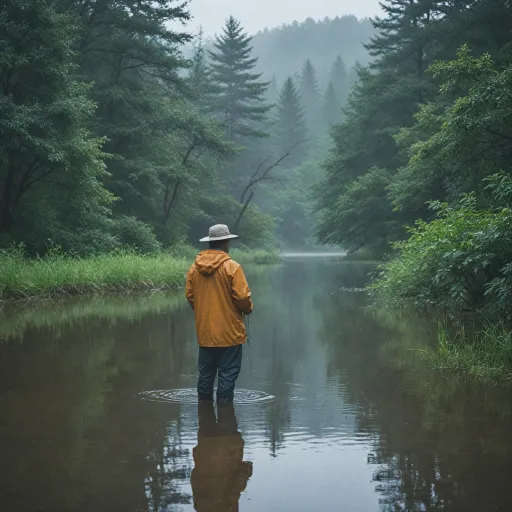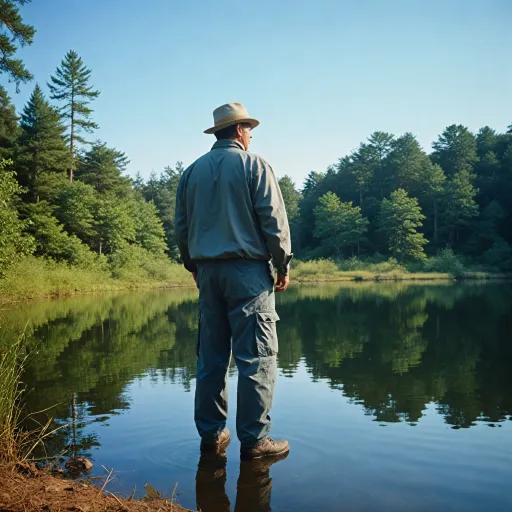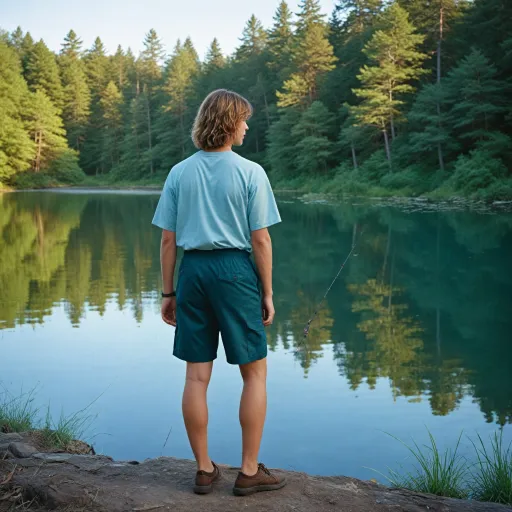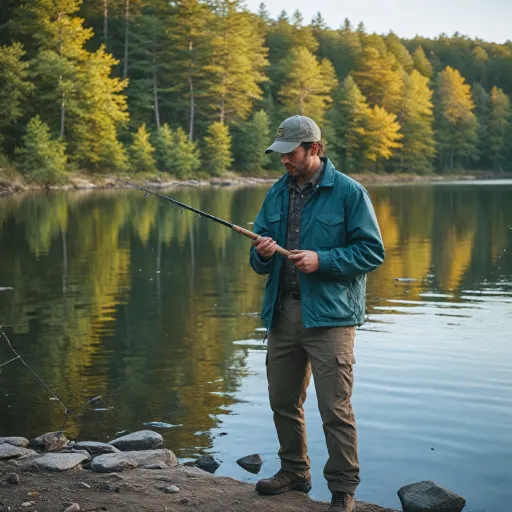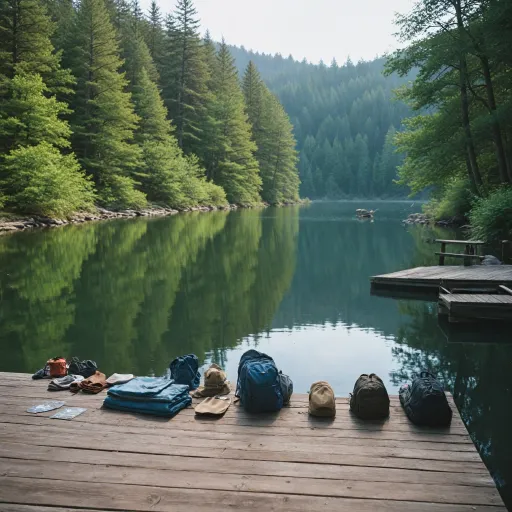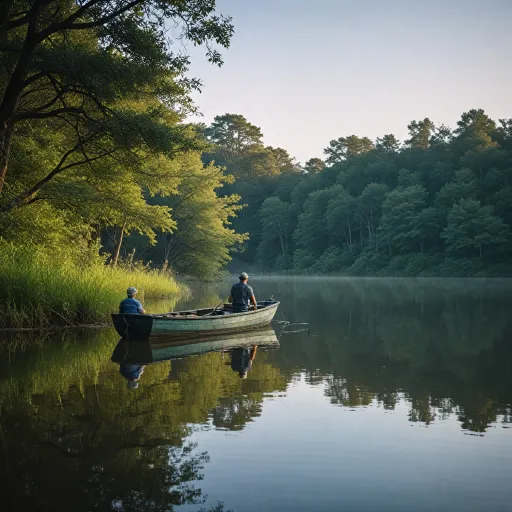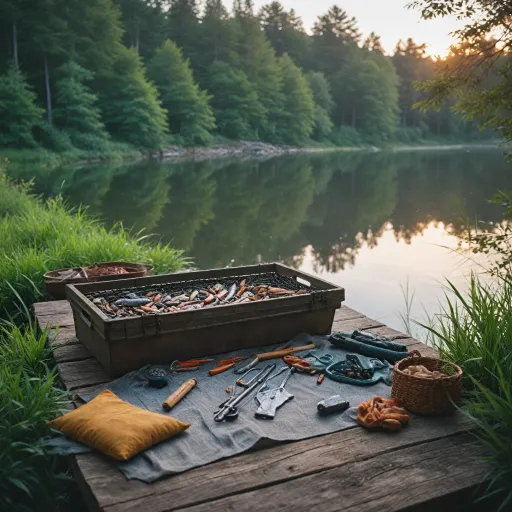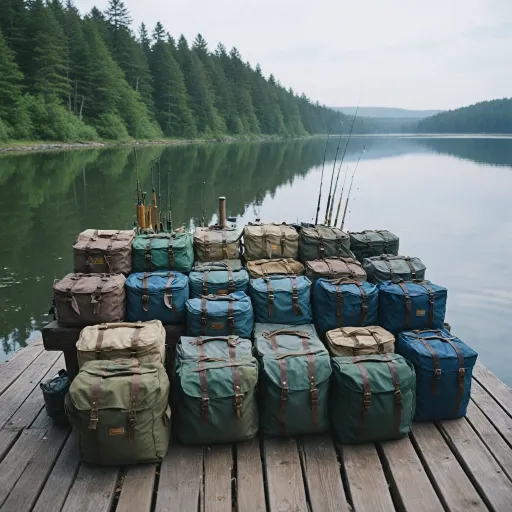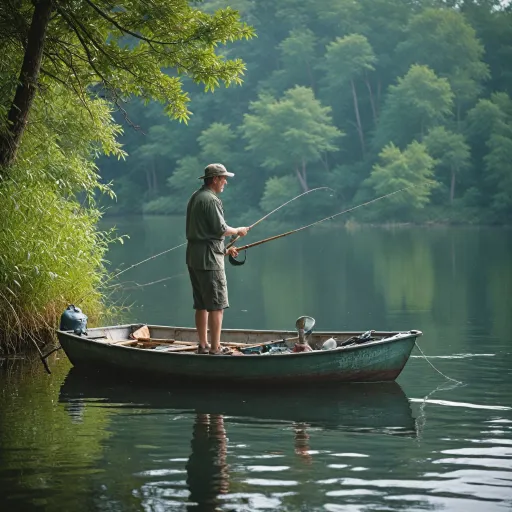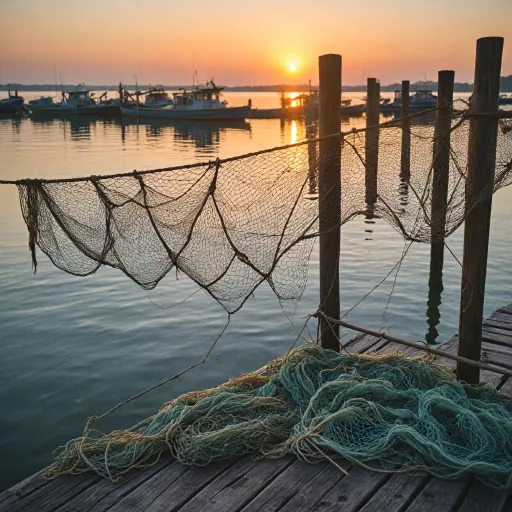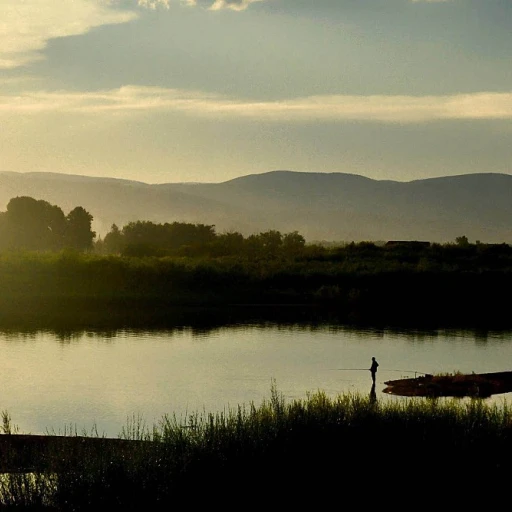
Understanding the Importance of Wading Boots
Why Wading Boots Matter for Every Angler
For many anglers, the thrill of wading into rivers or lakes to find the best fishing spot is unmatched. That said, the importance of wearing the right wading boots cannot be overstated. Good boots aren't just about comfort; they play a critical role in ensuring safety and enhancing your overall fly fishing experience. Wading boots offer essential ankle support and grip when navigating slippery and uneven river beds. Whether you're stepping over rocks or maneuvering through mud, the right boot sole can make a difference, preventing potential slips and injuries. As you might imagine, choosing the suitable sole material—be it felt, rubber, or studded—depends significantly on the environment you are fishing in. Safety and performance are not the only aspects to consider. Wading boots from reputable brands like Simms or Korkers are designed to keep you safe and add to your comfort during long trips. And with options like interchangeable soles, adapting to different terrains has never been easier. The added stability from products like the Simms Freestone or the Korkers River Ops ensures a more enjoyable fishing experience. Comfort is equally vital. Features like padded collars and proper laces offer snug fits, while options for neoprene, rubber, or leather boots cater to different weather conditions. Whether it’s a warm day on the river or a challenging winter expedition, choosing the best wading boots is crucial to your overall fishing performance. Finally, investing in the best boots is not only about navigating tough terrains. The latest models are crafted to consider environmental impact, providing durable alternatives that stand the test of time and harsh weather. This means you can confidently traverse rivers while contributing positively to preserving aquatic habitats. As you prepare for your next fishing adventure, remember that staying comfortable and dry is a priority—consider exploring some essential rain gear for anglers to complement your wading boots.Key Features to Look for in Wading Boots
Identifying Essential Characteristics for Your Next Pair
When selecting a pair of wading boots, it's imperative that anglers, whether novice or seasoned, focus on features that ensure both comfort and safety while navigating challenging terrains. Here's a detailed look at some crucial elements to consider:- Durability and Construction: It's essential that your boots are constructed from high-quality materials that can withstand the rigors of river wading and fly fishing. Brands like Simms and Patagonia Danner prioritize robust designs offering excellent longevity.
- Ankle Support: For those long outings, quality ankle support is vital. Premium models such as the Simms Freestone and Pro Wading boots pay special attention to this feature, which helps prevent injuries.
- Traction and Grip: A solid grip on slippery surfaces is a must for any wearable wading boot in fishing. Consider boots with felt soles or interchangeable soles for adaptable traction. Certain brands like Korkers offer interchangeable sole options, which can be swapped depending on the terrain.
- Comfort and Fit: Proper fit cannot be understated, as ill-fitting wading boots can lead to discomfort or even accidents. Opt for boots that come with adjustable laces or toggles, like the ones from Orvis, to ensure a snug fit.
- Water Resistance and Quick Drainage: Opt for wading boots featuring quick-draining systems, which are typical in models such as Frogg Toggs. This characteristic minimizes water weight, enhancing mobility and comfort.
- Breathability: Boots need to provide adequate breathability, especially for those lengthy fishing sessions. Wading socks can offer an additional layer of comfort without trapping moisture.
- Interchangeability: Flexibility in adapting to different water conditions is a bonus. Consider boots from Korkers River that offer interchangeable soles for felt or rubber when needed.
Comparing Materials: Neoprene vs. Rubber vs. Leather
Weighing Your Boot Material Options
When looking for the best wading boots for fly fishing or any fishing expedition, understanding the differences between materials like neoprene, rubber, and leather is essential. Each of these materials offers unique advantages and drawbacks that can impact performance, comfort, and durability.
- Neoprene: Ideal for colder water conditions, neoprene is known for providing excellent insulation. Many wading boots incorporate neoprene to ensure warmth and comfort during extended fishing trips. It's a flexible material that molds well to your feet, offering a snug fit alongside boots with laces.
- Rubber: Rubber is a popular choice due to its durability and water-resistant properties. Boots with rubber components often boast a longer lifespan and are easier to maintain. Rubber soles also offer better traction on slick riverbeds, making them suitable for challenging terrains.
- Leather: Leather fishing boots, like the best Simms or Patagonia Danner models, provide a classic look and superior ankle support. Although leather often requires more maintenance to prevent degradation, it offers unmatched comfort and breathability when properly cared for.
If you're in the market for wading boots that leverage the best of these materials, consider brands like Simms Freestone, Orvis Clearwater Wading, and Korkers River Ops. These brands offer flexibility with features such as interchangeable soles, giving you options like felt soles for added grip, especially when navigating slippery riverbeds.
For a more detailed comparison of fishing gear and accessories that can complement your wading boots, explore our guide on selecting the best tackle bags for every fishing trip. Proper gear selection ensures that you'll be ready for a successful day on the river.
Sole Types: Felt vs. Rubber vs. Studded
Exploring Different Sole Options for Wading Boots
Choosing the right sole type for your wading boots is crucial to ensure safety and comfort during your fishing adventures. Different soles provide varying levels of grip, durability, and suitability for specific fishing conditions. Here, we take a closer look at the options to help you make an informed decision.- Felt Soles: Felt soles have long been a popular choice among anglers for their excellent grip on slippery surfaces, like river rocks. They conform to the terrain and are ideal for fishing in rivers with slick surfaces. However, it's important to note that felt soles may not be allowed in certain areas due to concerns about transferring invasive species.
- Rubber Soles: Rubber provides a versatile option that balances grip and durability. Modern rubber soles, like those showcased in the Simms Freestone and Orvis Pro, are designed to perform well across various surfaces. They are perfect for those who might be moving between wet and dry terrains while fishing.
- Studded Soles: Adding studs to your boot soles can significantly enhance grip in challenging conditions. Both rubber and felt soles can be upgraded with studs, making them well-suited for particularly slippery or muddy riverbeds. Brands like Korkers and Patagonia offer interchangeable soles, allowing anglers to customize their boots with studs when needed.
Proper Care and Maintenance of Wading Boots
Maintaining Your Wading Boots for Longevity and Performance
Proper care and maintenance of your wading boots is crucial to ensure their longevity and performance in diverse fishing conditions. Investing time in maintenance not only prolongs the lifespan of your boots but also enhances your fishing experience by keeping them in top condition.- Cleaning Your Boots Regularly: After each fishing trip, it's important to rinse your boots thoroughly with fresh water to remove mud, sand, and debris. This helps prevent the buildup that can degrade the materials of your boots over time. Pay special attention to the soles, whether they are felt, rubber, or studded, to maintain their grip and effectiveness.
- Drying Properly: Always allow your wading boots to air dry naturally. Avoid placing them near direct heat sources like radiators or campfires, as excessive heat can damage the materials, particularly neoprene and rubber. Remove the insoles, if possible, to speed up the drying process and prevent mildew.
- Inspect for Wear and Tear: Regularly inspect your wading boots for any signs of wear and tear. Look for split seams, worn-out soles, or damaged laces. Addressing minor issues early can prevent more significant problems and ensure your boots continue to provide the required protection and support.
- Treating and Restoring Materials: Depending on the material, consider using appropriate conditioners and waterproofing sprays to restore leather or maintain the flexibility of rubber components. This is particularly important for boots made from materials such as leather to prevent cracking and maintain water resistance.
- Storing Properly: When not in use, store your wading boots in a cool, dry place away from direct sunlight. It's advisable to keep them in a well-ventilated area to prevent mold and odor buildup. Keep them upright or use boot trees to maintain their shape, especially if they have ankle support.
Top Wading Boots on the Market
Top Contenders in the Wading Boot Market
Selecting the best wading boots is crucial for your fishing experience, and there are several top-performing options that fishermen rave about. Based on durability, comfort, and functionality, here's a snapshot of some of the most acclaimed wading boots available.- Simms Freestone: Renowned for their comfort and support, these boots boast impressive ankle support, making them an excellent choice for long hours on uneven riverbeds. The Simms Freestone soles offer a balance between grip and durability, perfect for various terrains.
- Orvis Clearwater: A budget-friendly yet robust option, these boots shine in providing great traction due to their felt sole. They are particularly suitable for those who primarily fish in slippery river environments.
- Korkers River Ops: Featuring interchangeable soles, Korkers River Ops boots stand out for their versatility and adaptability. This feature is ideal for anglers who venture across different fishing spots and need a customizable sole type.
- Frogg Toggs Anura: Combining style with functionality, these boots offer excellent durability. The Frogg Toggs Anura also shines with their cushioning and secure laces, making them comfy for all-day wear.
- Patagonia Danner Foot Tractors: Known for their robust build and eco-friendly design, these boots provide exceptional toe and heel support. The Patagonia Danner foot tractors are crafted to withstand rigorous conditions while keeping sustainability in mind.
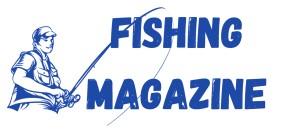
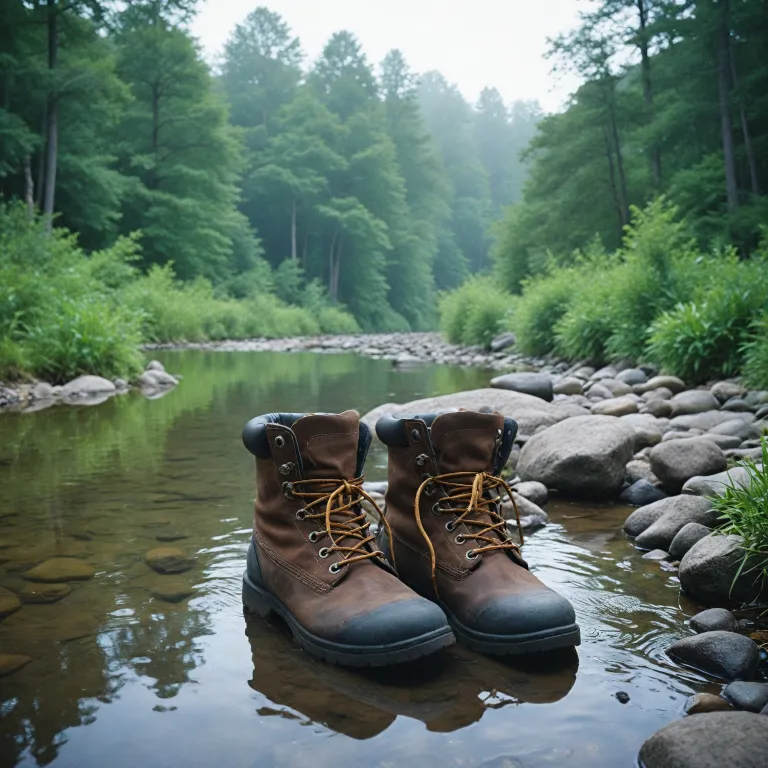
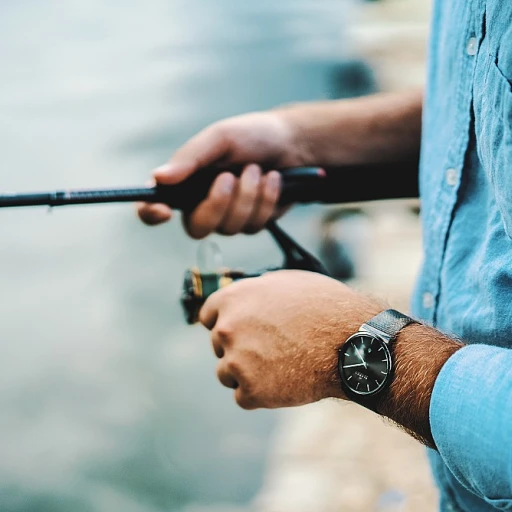
-large-teaser.webp)
